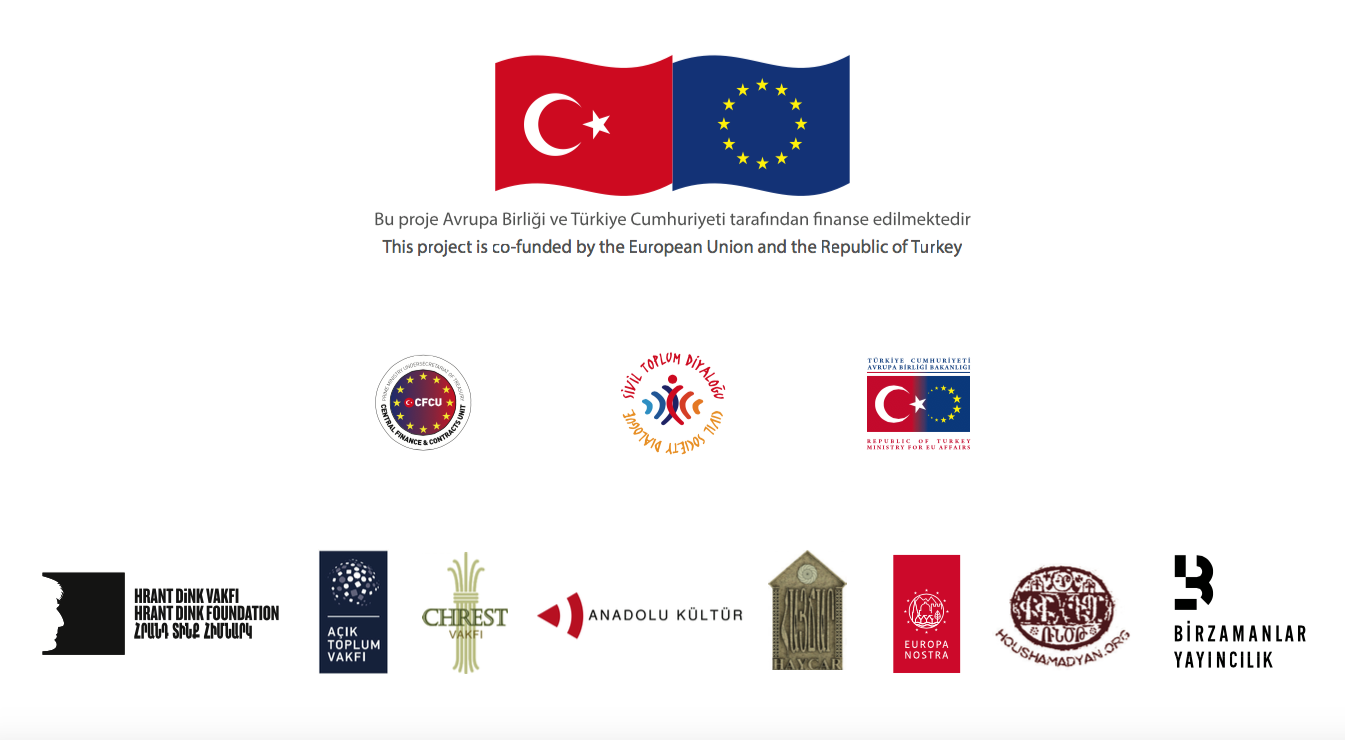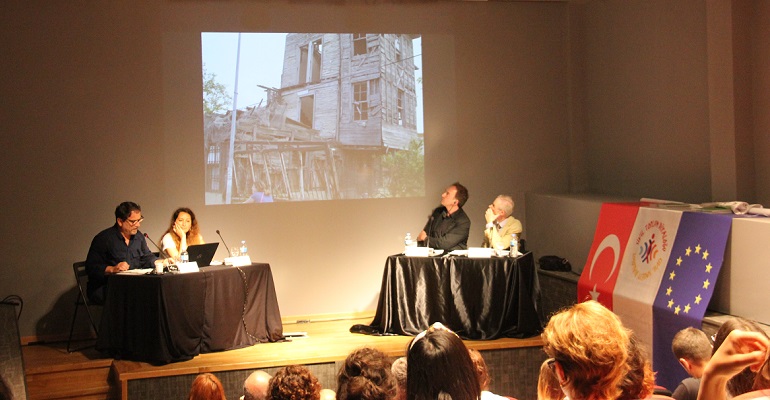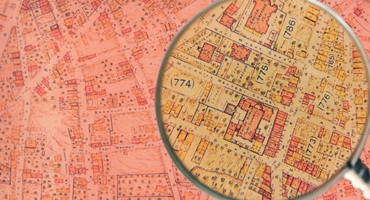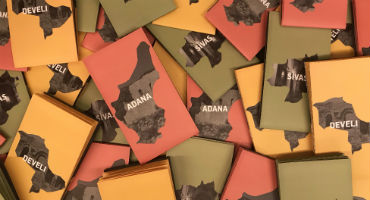Hrant Dink Foundation, within the scope of its project “Multicultural Heritage of Turkey” that has started in 2015, have been creating the inventory of monasteries, churches, chapels, schools, synagogues, nurseries, hospitals, orphanages, and cemeteries of the Armenian, Greek, Jewish and Assyrian communities in Turkey, and gathering and recording the data regarding these buildings. With the study lasted for 15 months conducted under the title of “Revealing and Advocating Multicultural Heritage of Turkey”, as well as the improvement of the inventory of cultural assets also forming a platform for the research, protection and revealing of historical public buildings through an interactive online map that includes Turkey’s cultural heritage was aimed.
The inventory and the online map are the first comprehensive sources on the cultural heritage of Armenian, Greek, Jewish and Syriac communities in Turkey. The map contains information on 4500 Armenian, 4000 Greek, 700 Syriac and 300 Jewish cultural heritage sites.
It is crucially important to reveal the local data and the meanings attached to the recorded buildings for the sustainability of cultural heritage. For this purpose, within the scope of the project the objective is to conduct field studies around various regions of Anatolia.
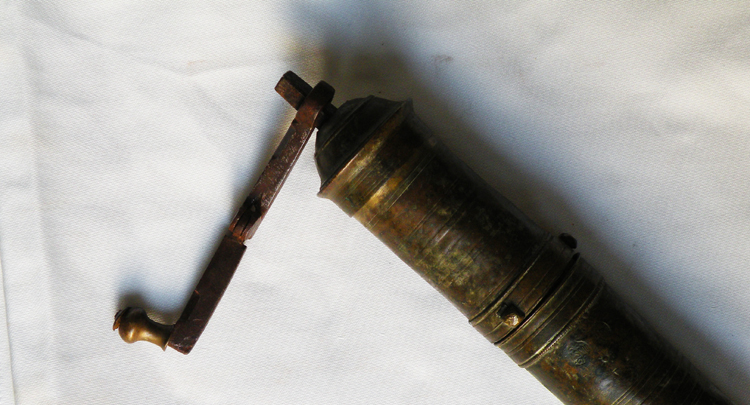
The first field study of the project was conducted in Kayseri in the summer and fall of 2015. During the study focusing on the public buildings belonged to Armenian and Greek communities, 110 Armenian and 72 Greek buildings were visited. By the assessments of experts from the Cultural Heritage Preservation Center, the risk analysis reports regarding 18 of these buildings are published: Kayseri with its Armenian and Greek Cultural Heritage.
Through three workshops focused on the definition of the concept of ‘cultural heritage’; intangible examples of cultural heritage; and risk analysis and field management, the topics of the project as well as findings of similar projects were shared

More on the project:
Cultural Heritage: Concepts, Questions and Examples From Turkey
Topographies of Memory: Exchanging Knowledge and Best Practices
Topographies of Memory II: From Eastern Europe to Turkey Protecting Cultural Heritage
Practicing the Past: Intangible Cultural Heritage Today
Kayseri with its Armenian and Greek Cultural Heritage
Cultural Heritage Map
